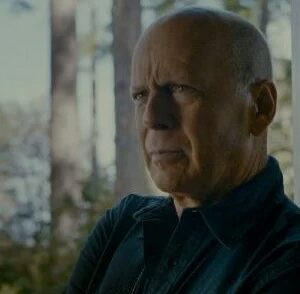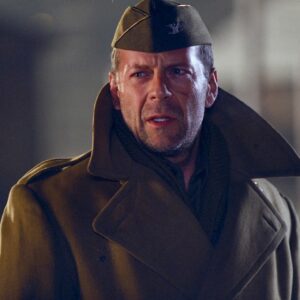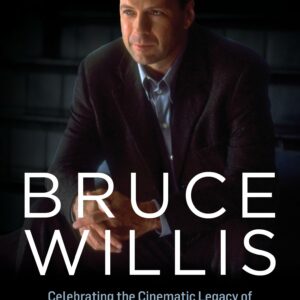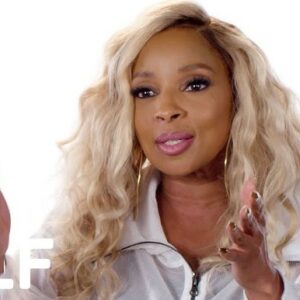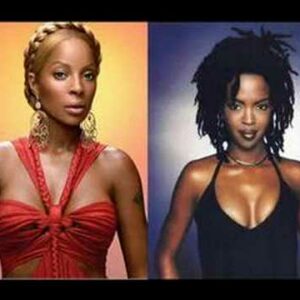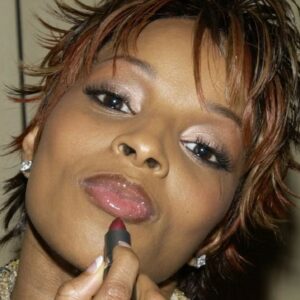When Daniel Radcliffe was first cast as the boy wizard in Harry Potter, no one could have predicted how profoundly his life would change. His name became synonymous with Harry Potter, and for millions of fans worldwide, it’s difficult to separate the actor from the character. Yet, Radcliffe’s journey in acting is as much about what happens behind the scenes as it is about the magical world on-screen. Without the foundation of formal acting education, Radcliffe relied heavily on hands-on experience, learning his craft in real-time while working alongside some of the best in the business. His story is not just about early fame but about how dedication, adaptability, and on-the-job learning can shape a thriving career.
Starting Young: The Harry Potter Phenomenon
Radcliffe’s entry into the world of acting began not in the classroom but on set. Born to literary agent Alan Radcliffe and casting agent Marcia Gresham, the world of entertainment was always within reach, but it wasn’t until the casting for Harry Potter and the Sorcerer’s Stone that Radcliffe’s life truly changed. At just 11 years old, he was cast in one of the most sought-after roles in film history: Harry Potter, the chosen one. It was a daunting task for any actor, let alone a child with no formal training.
For Radcliffe, the set of Harry Potter became his acting school. He grew up in front of the camera, guided by seasoned actors like Alan Rickman, Maggie Smith, and Gary Oldman. Directors like Chris Columbus, Alfonso Cuarón, and David Yates took him under their wing, teaching him not only the technical aspects of acting but also the subtle nuances of performance. “I was lucky to be surrounded by some of the best actors in the world,” Radcliffe has often said, crediting these mentors with his growth.
As he evolved from the wide-eyed, fresh-faced boy of the first film to the more mature and emotionally complex character of the later films, Radcliffe’s skills sharpened. He was, quite literally, growing up on screen, and the pressures were enormous. While his co-stars, like Emma Watson and Rupert Grint, similarly found their way into the acting world through Harry Potter, Radcliffe’s burden as the titular character was far heavier. Millions of fans had a precise image of who Harry should be, and for over a decade, Radcliffe carried the weight of those expectations.
Learning on the Job
Without any formal training, Radcliffe’s learning came from a unique school: the set. He absorbed knowledge from those around him, often observing more experienced actors like Alan Rickman, whose portrayal of Severus Snape was marked by subtlety and intensity. “Watching Alan work was like attending a masterclass,” Radcliffe said in an interview. He learned not through textbooks or theory but by watching how Rickman and others embodied their characters, using pauses, inflections, and the slightest gestures to convey emotion.
One of Radcliffe’s more significant challenges was learning to control his body language and movement in front of the camera. In the early films, directors often had to remind him to tone down his animated facial expressions—something that felt natural in real life but appeared exaggerated on screen. He quickly learned the delicate balance between showing emotion and not overdoing it.
There were also moments where Radcliffe had to pick up new skills almost overnight. In Harry Potter and the Goblet of Fire, for example, Radcliffe had to master swimming and underwater scenes while battling panic about performing in a water tank. It was a situation where he had to not only deliver lines and act but manage the physical demands of filming, all while under pressure. This adaptability, though challenging, became one of his strongest assets.
Beyond the technical, Radcliffe also had to manage the psychological aspects of growing up in such an intense environment. Fame came at a young age, and Radcliffe has been open about the pressures of balancing a relatively normal adolescence with the demands of worldwide stardom. His honesty about his struggles with alcohol during this period only highlights how difficult it can be to grow up in the limelight, a struggle that many child stars face. But instead of allowing these challenges to define him, Radcliffe used them to fuel his resilience and determination to improve as an actor.
Post-Harry Potter Career: Expanding His Skills
After Harry Potter, many actors in Radcliffe’s position might have stuck to similar roles, perhaps fearful of being typecast. But Radcliffe took the road less traveled, deliberately choosing projects that would push him out of his comfort zone. “I knew that if I wanted to continue acting, I had to prove to people that I could do more than Harry,” he has often stated.
His foray into theater was perhaps the most significant shift. In 2007, Radcliffe took to the stage in Equus, a far cry from the world of Hogwarts. The role, which required him to strip both emotionally and physically on stage, was a bold move, but it paid off. Critics praised his fearless performance, and Radcliffe proved he could command an audience in a completely different medium. Theater, with its live audience and lack of second takes, became an essential part of his growth. “There’s no better way to learn than by being thrown into the deep end,” he once said, referring to his stage work.
Radcliffe also embraced independent films and darker, more complex roles. In Kill Your Darlings (2013), he portrayed the real-life poet Allen Ginsberg, diving into the world of beat poetry, sexuality, and intellectual rebellion. In Swiss Army Man (2016), he played a flatulent corpse—a role so bizarre it could only work for an actor unafraid of taking risks. With each new project, Radcliffe expanded his range, experimenting with genres from horror (The Woman in Black) to absurdist comedy (Miracle Workers). Every role presented new challenges, from perfecting an American accent to learning how to inhabit a character with very different life experiences from his own.
Radcliffe’s Approach to Acting Today
As Radcliffe reflects on his career, he often credits his practical, on-the-job learning with shaping his approach to acting. In interviews, he has spoken candidly about the benefits of learning in such an unconventional way. “I don’t know if formal training would have helped or hurt me,” he muses, adding that for him, the best lessons came from observing great actors at work and being open to constant feedback.
He’s also quick to acknowledge that his path isn’t for everyone. Many actors thrive with formal education, studying methods and theories that give them a structured approach to their craft. But for Radcliffe, the trial-by-fire experience of acting in one of the most successful film franchises in history provided all the education he needed. “I don’t regret not going to drama school,” he said. “I was lucky enough to be in the best acting school there is—on set.”
This unique path has not only influenced his career choices but also made him a role model for younger actors. In a world where many feel pressured to follow a particular path to success, Radcliffe’s journey serves as a reminder that there’s no one-size-fits-all approach to acting—or any profession, for that matter. His continued growth, both in front of the camera and on stage, speaks to his belief in learning by doing, and in always pushing himself to improve.
Conclusion: A Journey Defined by Real-World Learning
Daniel Radcliffe’s acting journey is a testament to the power of hands-on experience. From a young boy thrust into the spotlight to a seasoned actor unafraid to tackle challenging roles, his career has been defined by learning in the moment, on set, and in the spotlight. His success shows that formal education, while valuable, isn’t the only path to mastery. For Radcliffe, the best lessons were those learned on the job, and his ongoing evolution as an actor proves that there’s always more to learn, no matter how long you’ve been in the game.
For those looking at Radcliffe’s career, the message is clear: non-traditional paths can lead to immense success, as long as you’re willing to learn, adapt, and never stop growing.
